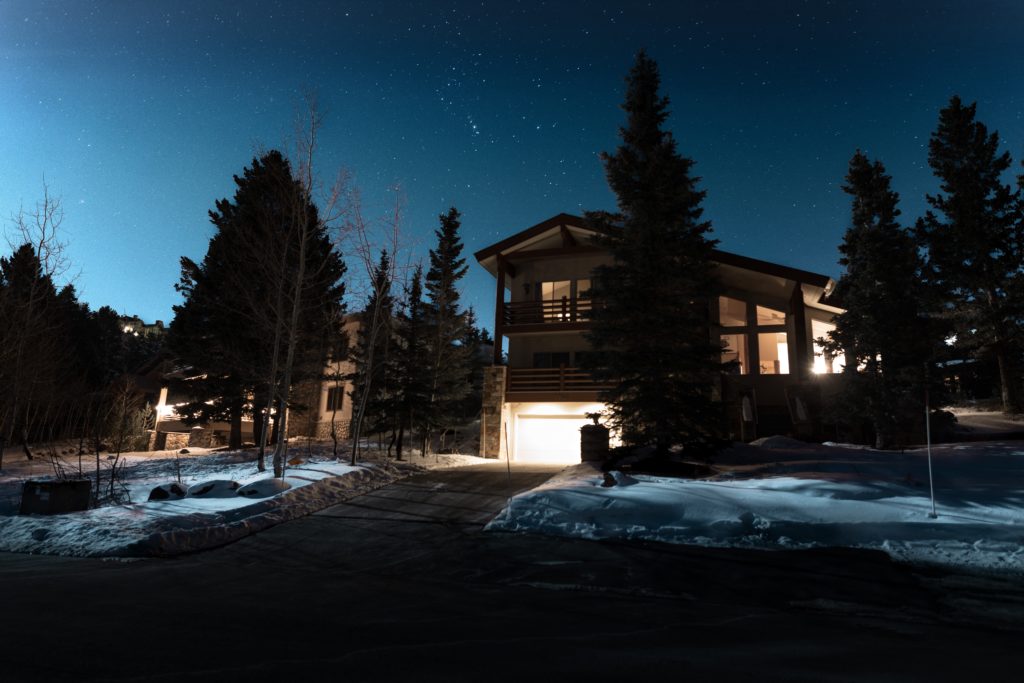As the link between your residence and the street, a driveway makes a powerful first impression. It also gives you guests a foretaste of what they can expect indoors. So you need to bear a number of factors in mind when planning a driveway. Include plants in your budget, rather than treating them as an afterthought – as an integral part of the driveway, they frame and soften the overall look. Start with how far your budget will stretch, as the length and width of the driveway will influence its cost. If you need some financial help then check out zippy loan review.
Consider the maintenance requirements of each material and what’s going to best suit your lifestyle. Will your driveway, for example, be expected to do double-duty as a bolles court, a cricket pitch, or a skating circuit for the kids?
Select the most durable option you can afford that matches your lifestyle and your home, as this will be an investment that increases the value of your property.
Homeowners don’t construct a road every day, so be thorough in your planning and select reputable contractors that are able to provide you with contactable references, rather than someone knocking on your door with some dubious special offer. Get at least three quotes each for the same product, and make sure that they match in terms of products, quantities, and specifications. Choose a good design, a good product, and good construction. And make sure that the surface is well-prepared, in line with the contractor’s specifications.
Pave the way
There are many options for surfacing your driveway, from gravel, concrete, and tarmac to bricks and cobblestones, all of which are suitable for carrying the heavy traffic in areas such as this. Get quotes from reputable contractors and make sure that the total amount includes the initial preparation, materials, and labor.
Paving options
Gravel is the only material significantly cheaper than all the rest, but it’s by no means inferior to other products. It’s well-suited to the French Country look and is eco-friendly, allowing water to penetrate the driveway surface. It’s available in a number of colors and will have to be replaced every few years, but it requires no further maintenance. Kerbstones or edgings will help keep the gravel in place.
Concrete can be cast as a solid surface, or installed in the form of bricks that allow water to permeate into the soil. Open-patterned pavers filled with topsoil make it possible to grow groundcovers, softening the appearance of the driveway. Concrete bricks can also be laid to create patterns.
Tar is durable and doesn’t show oil or tire marks, in addition to which it requires little maintenance. It is waterproof, however, so you’ll have to construct gutters for rainwater runoff.
Bricks are timeless, available in a variety of colors and textures and can be laid in attractive patterns. Plus, if a brick cracks, you only have to replace that one. And your options now include porous bricks that allow water to pass through.
Cobbles are by far the most expensive of the options for surfacing a driveway, but they’re also uniquely elegant and durable. They take a long time to lay but can be used to create patterns.
Waterwise options
Choose a surfacing material that doesn’t easily show dirt, so you don’t have to waste water cleaning it. Also, avoid berry and fruit-bearing plants that can soil both the driveway and cars. Non-porous surfacing results in overloaded storm-water drains, so consider bio-friendlier options such as porous bricks, open-patterned concrete blocks, or gravel. These surfaces will allow rainwater to naturally seep into the water table. If you do opt for solid concrete, impenetrable stone or a tarred driveway, have it constructed with a slight slope of about 1 degree to keep water runoff away from buildings. Route the runoff into your garden or, if necessary, into storm-water drains.
